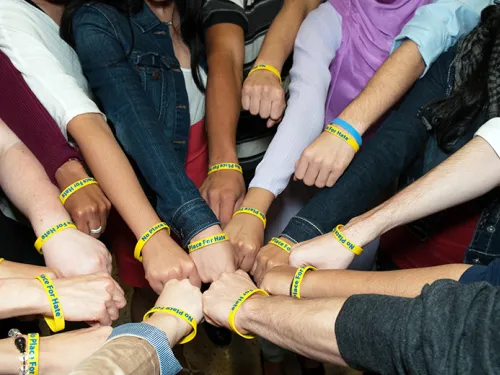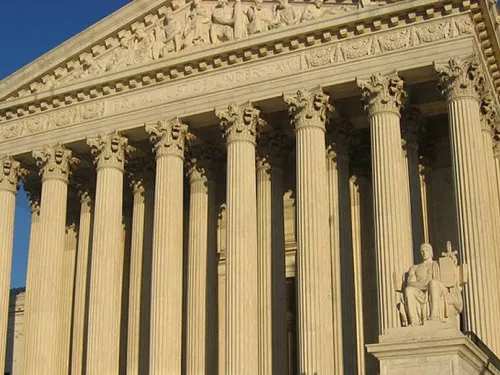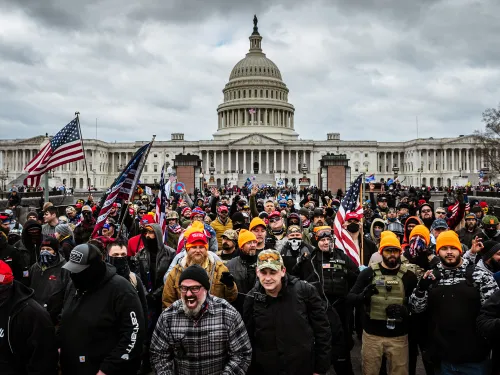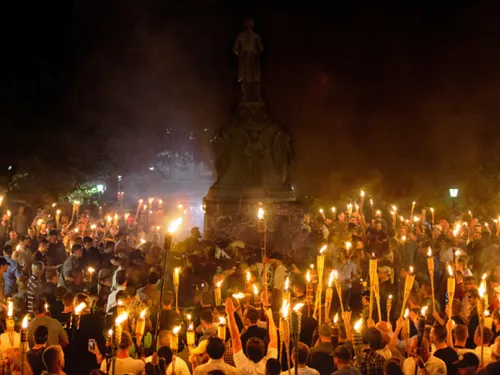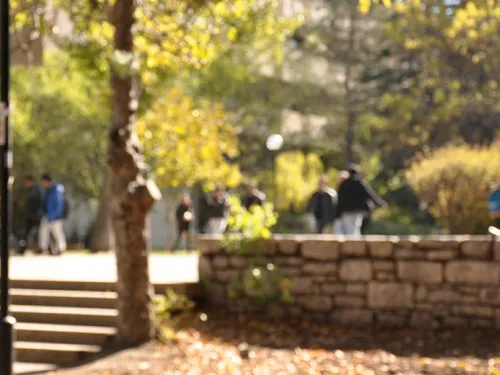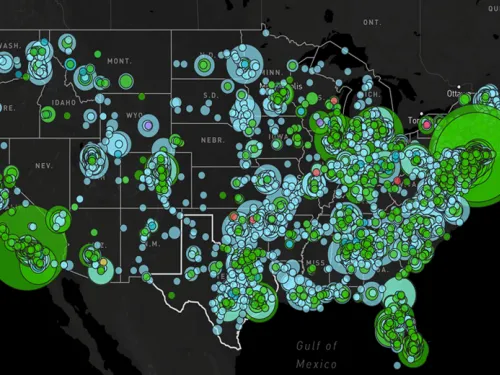Antifa: definición e historia
El movimiento de protesta antifascista, conocido como antifa, adquirió nuevo protagonismo en Estados Unidos después de la manifestación "Unite the Right" del supremacismo blanco en Charlottesville, VA, en agosto de 2017. En Charlottesville y en muchos eventos posteriores organizados por los supremacistas blancos o los extremistas de derecha, los activistas antifa han enfrentado agresivamente lo que ellos consideran son movimientos y…
Search Results
8 Results
On December 11, 2019, President Trump signed an Executive Order on anti-Semitism. The order is designed to give the federal government more tools to protect Jews from anti-Semitism by addressing a gap in the interpretation of Title VI of the Civil Rights Act of 1964, a key federal statute prohibiting discrimination in programs receiving federal financial assistance. The order addresses that gap by explicitly adopting the International Holocaust Remembrance Alliance (IHRA) working definition of…

Key Points
Antifa is a decentralized, leaderless movement composed of loose collections of groups, networks and individuals.
Persistent disinformation campaigns about antifa distort public perception of the movement.
Antifa’s professed purpose is to vigorously oppose fascism. While some extreme actors who claim to be affiliated with antifa do engage in violence or vandalism at rallies and events, this is not the norm.
Because there is no unifying body for…

Minnijean Brown, Elizabeth Eckford, Carlotta Walls, Mayor Wagner, Thelma Mothershed, Gloria Ray, Terrance Roberts, Ernest Green, Melba Pattilo, Jefferson Thomas.
On September 23, 1957 in Little Rock, Arkansas, these nine African-American students quietly slipped into Central High School through the side door with the assistance of the city’s police, while an angry white mob numbering 1,000 swarmed the front of the school to await their arrival. Upon learning of their entry, the…

More than sixty-five years after Brown v. Board of Education, the promise of equal access to quality education remains unfulfilled. School expulsions and suspensions are among the best predictors of who will drop out of high school and African American students are three more likely to be suspended or expelled than their white peers.
In January 2014, the Department of Education and Department of Justice issued watershed guidance on school discipline with the intent to …
The Civil Rights Act of 1964 was signed into law by President Lyndon Johnson on July 2, 1964. The Act prohibited discrimination in public places, provided for the integration of schools and other public facilities and made employment discrimination illegal based on race, color, religion, sex or national origin. The document was the most sweeping civil rights legislation since Reconstruction.
As we commemorate the anniversary of the Civil Rights Act, we have an opportunity to teach and…
Introduction
The right to freedom of religion is so central to American democracy that it was enshrined in the First Amendment to the U.S. Constitution.
The Founding Fathers wrote the First Amendment in response to two centuries of state-sponsored religious conflict and oppression in America, and with a keen understanding of the religious persecution in European nations resulting from official state religions and religious wars.
Recognizing the unique and intimate nature…
From Bloody Sunday to the Voting Rights Act: How One Day Changed the Course of Civil Rights History
March 7, 1965 — a day that would become known as Bloody Sunday — forever changed the course of American history. That day the nation’s attention turned to Selma, Alabama, where state troopers and a sheriff’s posse brutally attacked 575 demonstrators attempting to march peacefully to Montgomery. The marchers had gathered for two purposes: to advocate for voting…
